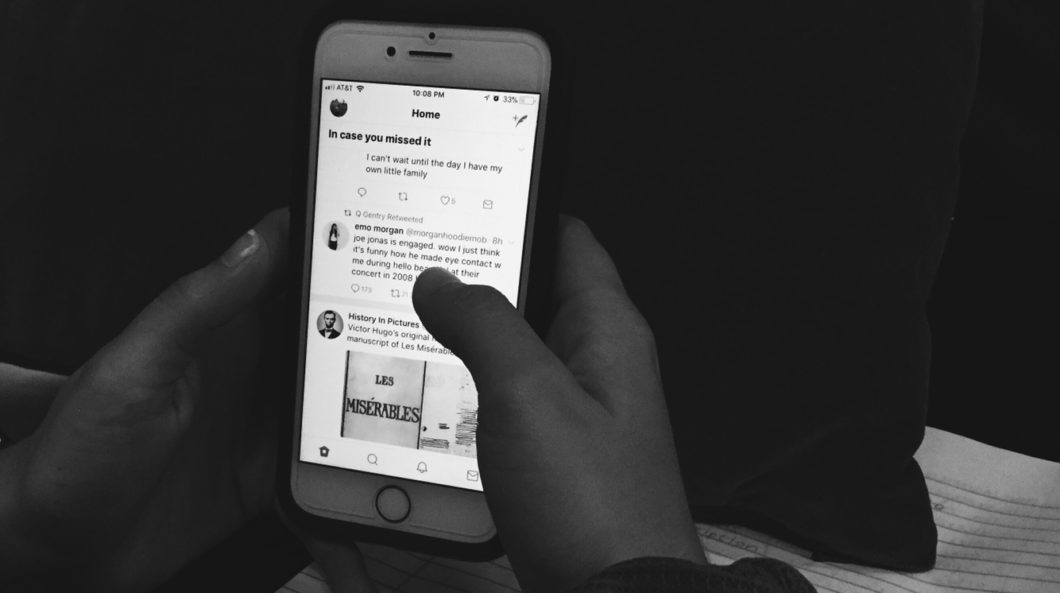Imagine this: it’s 2011 and I have just created the Twitter account I use today in 2017. Five years after Twitter’s creation in 2006, I was 15 years old. Needless to say, a lot has changed since then.
As I’ve aged and moved up in the world, I have gone back and deleted many of my earliest, most embarrassing tweets. With that said, I can’t deny that Twitter has played a decent role in making me who I am today. I got myself fired from my first job at Dairy Queen in 2012 because of a tweet (tweet responsibly, kids). Twitter is where the joke “it’s not Mariah” was born and became my own personal brand. I owe a lot to Twitter, and I have changed a lot since I first created my Twitter.
Twitter has also changed a lot since we first met; it transitioned from ‘favorites’ to ‘likes’ and is much more pleasing to look at now. I remember when we were first able to customize the design of our profiles, and now we’re able to add cover photos instead of just changing the colors. Adding a photo to a tweet used to consume most of the allotted characters but now adds none. Tagging a fellow user used to subtract from this character allowance as well, but can now also be used without digging into the characters. One thing that hasn’t changed until now? The aforementioned small but mighty 140-character limit.
When Instagram introduced minute-long videos at the height of Vine’s success, no one was all that interested. Why? Because it takes a lot of effort and creativity to squeeze something hilarious into six seconds, which is what Vine was famous for. With an entire minute to work with, you could fit more content but it didn’t take as much creativity. Instagram video didn’t take off until Vine shut down and users really had no other option. YouTube or Instagram? Take your pick.
For 11 years, Twitter’s 140-character limit has forced users to be creative enough to take the idea they have for a tweet and condense it into something smaller. The initial draft is generally always too long, so they look critically at what they’ve written and attempt to make it more concise and to the point. This can sometimes take a lot of effort, but it always seems to be worth it in the end (even if it means deciding the tweet isn’t actually worth posting). The end result is almost always a tweet that is much more interesting, and it’s not long enough to lose a reader’s attention.
By doubling that character count, you lose a few things: creativity and critical thinking, for starters. A clean-looking interface, for another. Most importantly? The attention of Twitter users. Here’s the thing, Twitter: we’ve grown up with you and you’ve taught us to have the attention span of a goldfish. It’s too late for us now.
Part of me is starting to think it’s too late for you now.
Is Twitter fighting a losing battle? Will they shut down like Vine, the video service they bought and ultimately allowed to fail? Only time will tell.
#RIP140 and #RIPVine

